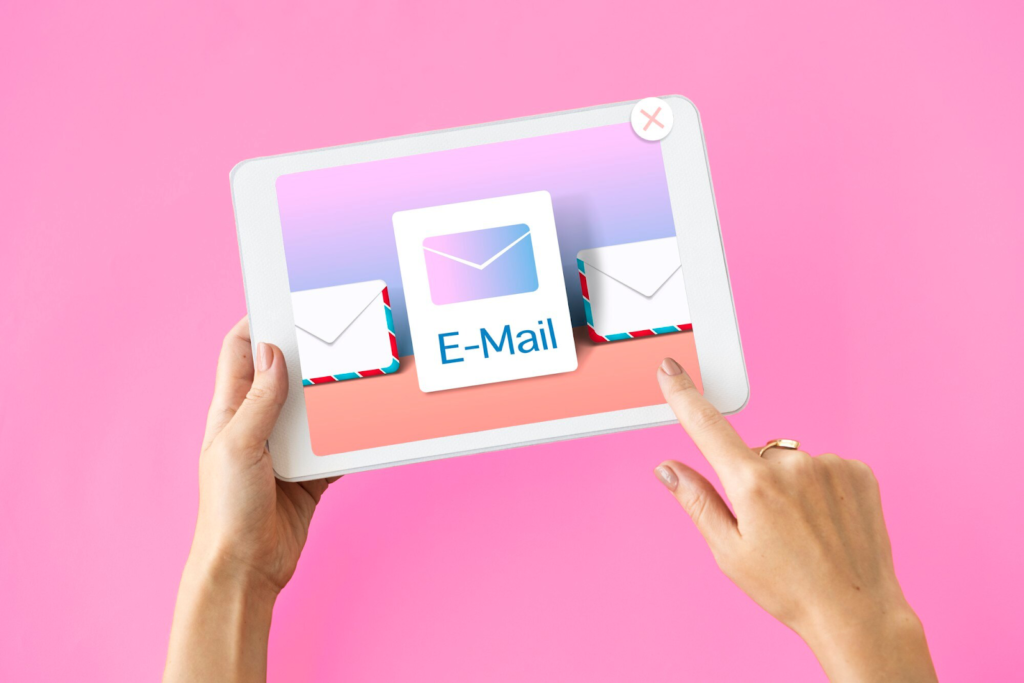In today’s digital age, email communication is a fundamental aspect of professional interactions. Acknowledging emails promptly and professionally is essential for maintaining good relationships and ensuring effective communication. This article provides comprehensive guidance on acknowledging various types of emails, including messages, documents, applications, invoices, and more. From crafting the right subject line to structuring the body of the email and providing templates for different scenarios, this guide will equip you with the necessary tools to acknowledge emails in a courteous and efficient manner.
Acknowledging Different Types of Emails
Emails come in various forms, each requiring a specific approach to acknowledgment. Whether it’s a simple message, important document, job application, or payment confirmation, acknowledging these emails appropriately is crucial for demonstrating professionalism and courtesy.
Acknowledging Simple Messages
When acknowledging a simple email message, it’s important to respond promptly and express appreciation for the sender’s communication. Here are some key points to consider when acknowledging simple messages:
Prompt Confirmation of Receipt
Responding promptly to confirm receipt of the email is essential. This assures the sender that their message has reached you and is being attended to.
Crafting a Polite Response
Craft a polite response that acknowledges the receipt of the message and expresses gratitude for the sender’s communication. This sets a positive tone for future interactions.
Providing Contact Information
Include your contact information in the email ending to facilitate further communication if needed. This demonstrates accessibility and willingness to engage in further dialogue.
| Sample Acknowledgment |
|---|
| I acknowledge receipt of your email. Thank you for sending it. |
Acknowledging Document Receipt
Acknowledging the receipt of important documents via email is crucial for confirming their delivery and initiating any necessary actions.
Confirming Document Receipt
Clearly state that you have received the documents and specify the date of receipt. This eliminates any ambiguity regarding the delivery and timeline.
Expressing Gratitude
Express gratitude for the sender’s effort in sharing the documents. This demonstrates professionalism and courtesy in your acknowledgment.
Outlining Next Steps
If there are any immediate next steps or actions to be taken regarding the received documents, briefly outline them in your acknowledgment to provide clarity.
| Sample Acknowledgment |
|---|
| Thank you for sending the documents. I have received them on [date]. |

Acknowledging Payments and Invoices
Acknowledging payments and invoices via email is crucial for maintaining transparent financial transactions and fostering trust between parties.
Confirming Payment Receipt
Acknowledge the receipt of the payment and specify the amount and purpose (e.g., product or service) to ensure clarity.
Expressing Appreciation
Express appreciation for the prompt remittance, conveying gratitude for the sender’s timely action.
Providing Further Assistance
Offer assistance or provide contact information for any additional inquiries related to the payment or invoice.
| Sample Acknowledgment |
|---|
| I acknowledge your payment of [amount] for [product/service]. Thank you for your prompt remittance. |
Acknowledging Job Applications
Acknowledging job applications via email is a critical step in the recruitment process. It not only confirms the receipt of the application but also sets the stage for further communication and potential interviews. Crafting a professional acknowledgment for job applications is essential for leaving a positive impression on prospective candidates.
Confirming Application Receipt
Clearly acknowledge the receipt of the job application, expressing appreciation for the candidate’s interest in the position.
Setting Expectations
Provide a brief overview of the review process and potential timelines for further communication or interviews. This sets clear expectations for the candidate.
Encouraging Further Communication
Encourage the candidate to reach out for any additional information or inquiries, demonstrating openness to further dialogue.
| Sample Acknowledgment |
|---|
| Thank you for applying for the [job role]. We acknowledge receipt of your application and will review it along with other candidates. |
Crafting Effective Subject Lines
The subject line of an acknowledgment email plays a crucial role in setting the tone and clearly communicating the purpose of the email. Crafting effective subject lines ensures that the recipient understands the nature of the acknowledgment without ambiguity.
Clarity and Specificity
Ensure that the subject line clearly states the purpose of the acknowledgment, whether it’s for document receipt, payment confirmation, or job application acknowledgment.
Conciseness
Keep the subject line concise while capturing the essence of the acknowledgment. Avoid lengthy or ambiguous subject lines that may lead to confusion.
| Sample Subject Line |
|---|
| Acknowledging Receipt of Your Message |
Structuring the Body of the Email
The body of the acknowledgment email should be structured in a clear and concise manner, effectively conveying the acknowledgment and any additional details or next steps.
Clear Confirmation
Begin the body of the email with a clear and direct confirmation of the receipt of the email, document, payment, or job application.
Additional Details
Include specific details if necessary, such as the date of receipt, review process for job applications, or any next steps to be taken.
Professional Closing
Conclude the email with a professional closing that expresses gratitude and provides contact information for further inquiries.
| Sample Template |
|---|
| Hi [Recipient’s name], Thank you for your email. I acknowledge that I/we received it on [date]. [Enter additional details or next steps here] You can contact me at [insert details] for further information |
Conclusion
Acknowledging emails professionally is an integral part of effective communication in the professional sphere. By promptly acknowledging various types of emails and crafting polite and structured responses, individuals and organizations can foster positive relationships and ensure clarity in their interactions. Understanding the nuances of acknowledging different types of emails, from simple messages to job applications, empowers professionals to navigate email communication with grace and professionalism.


Leave a Reply